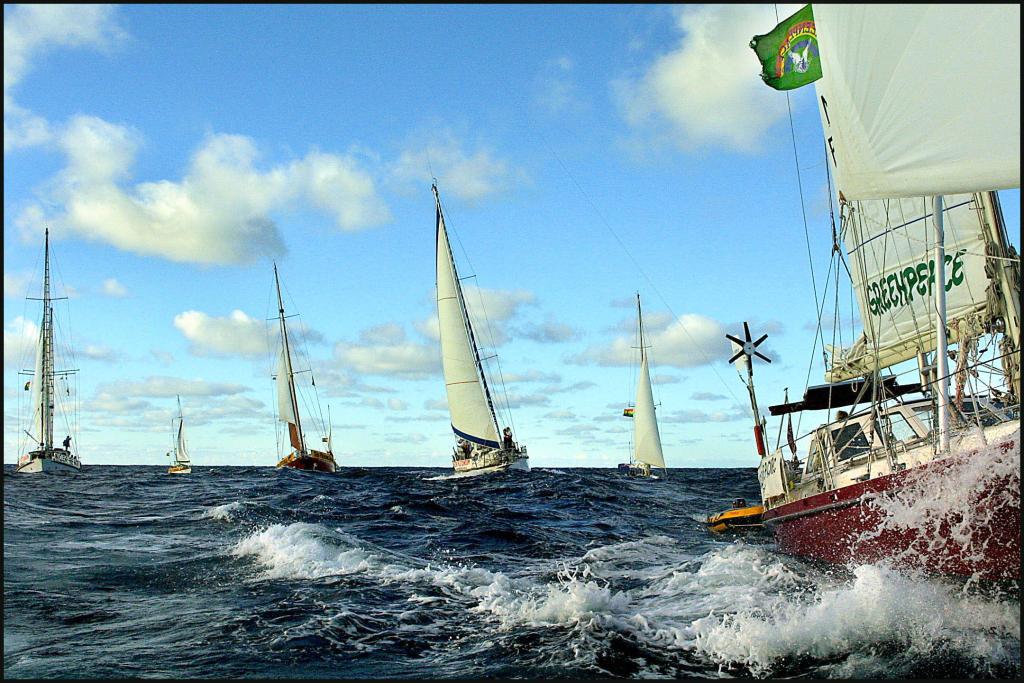Between 2000 and 2002, I was part of a Greenpeace team that mounted a global campaign to stop the transport of mixed oxide (MOX) plutonium based nuclear fuel and radioactive waste across the world, and through the Pacific.
Protests against various transports happened in the UK, France, South America, South Africa, in the Tasman Sea and in Japan. We lobbied the French, UK, Japanese, New Zealand, Argentinian, Chilean and Australian governments to stop these transports. We mounted flotillas to take action against the transports on two British vessels, the Pacific Pintail and the Pacific Teal. In 2001, 7 small boats sailed from New Zealand and Australia to a spot between Lord Howe and Norfolk Islands to await the ships and to protest, which we ultimately did on the morning of March 6th.
The nuclear fuel on board these ships is exactly the same fuel that is now undertaking a slow meltdown in Fukushima Daiichi reactor #3.
Why did we oppose this transport, and what relevance does it have to today’s tragedy in Japan?
First of all MOX fuel is particularly dangerous, as it contains a nasty cocktail of radioactive substances, including plutonium, which if released either during a transport or reactor accident, can have a major impact on the environment and human health.
Secondly, MOX fuel is manufactured so that the nuclear industry can pretend it has “solved” the problem of nuclear waste – by a process of re-using plutonium in a hybrid fuel. The nuclear industry does this to pretend that it has “solutions” even though there is no solution to the long term management of nuclear waste.
Third, plutonium is the basic raw material for a nuclear weapon. Creating it, and transporting it, increases the possibility for the substance to be used, by governments or terrorists, as a tool of aggression – either in a conventional nuclear weapon or in a dirty bomb.
And finally – MOX is largely untested as a nuclear fuel.
And so we come back to Fukushima
The disaster in Japan, and the meltdowns in reactors 1, 2 and 3, shows clearly the diabolical problems of nuclear. Reactor three has the capacity to release some particularly nasty radio-isotopes. The warnings that Greenpeace made ten years ago are now coming to pass.
The Australian Coalition government at the time said that the transports, and the processes involved were safe – simply to protect, of course, Australia’s interests in its own uranium industry. The Labor party, in opposition, supported Greenpeace.
The people of Japan are suffering enormously from terrible natural disasters. That they are also suffering from a nuclear crisis is an additional tragedy, and one that Greenpeace did its best to prevent, and is now working had to document and expose.
However, we can still ensure that from this tragedy some change emerges. We can all work to end the nuclear industry and its dangerous practices – we can call for the halt of new reactor construction, the transportation of waste, the mining of uranium and work for a future based on clean, green renewable energy.
For the sake of the planet and humanity we must embrace a clean energy future.
Remembering Chernobyl – standing with Fukushima
Join Us at our candlelight vigil at the Opera House on the 26th April


